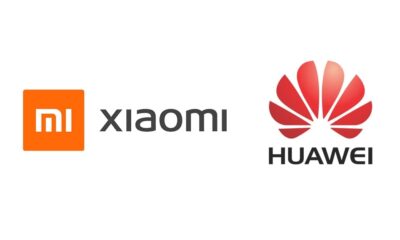Technology
XMAGE vs Leica, will Huawei defeat its old camera partner?
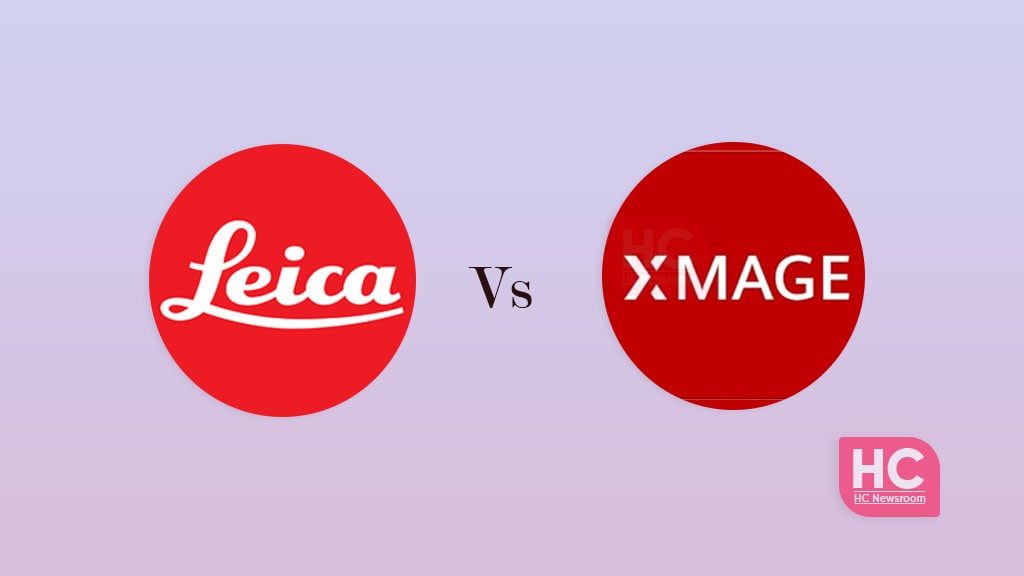
Over the past years, Huawei has achieved significant advancements in mobile camera technology including incredible and unique features. Huawei previously used the Leica camera imaging techs, and now working to Collab with its new XMAGE technology for its upcoming smartphone.
The company gained a new height with the Leica in the field of mobile photography. Their partnership started with the 2016 release of the Huawei P9. Huawei remained committed and stated that it would continue to work on developing its P10 and P20 series smartphones’ camera technologies. So it does.
XMAGE imaging system is built by Huawei after ending its partnership with Leica. However, as per the leaks, the XMAGE camera technology is much more compatible and futuristic than the Leica.
Hence, Leica recently build its partnership with Xiaomi and has already launched its new collaboration with the Xiaomi 12S smartphone series. But still, there is no information come about the new XMAGE camera technology packed with smartphone
Leica camera technology timeline:
German-based Leica is well renowned for its portrait and street photography. The company was founded in 1914 and makes optical lenses and cameras. And after collaborating with Huawei, Leica ups its standards for quality with each new top model from Huawei.
Engineers from Huawei brought a sample of the phone to Leica, where they were delighted to see that Leica laboratories were using the same testing procedures and apparatus to evaluate cameras. Devices with top-notch camera hardware and a smartphone were intended, and technical advancements by Huawei led to the creation of the mutual product.
However, Huawei is known for its development and new technology, with its past experience in the camera imaging system, Huawei has now developed its own camera technology known as the XMAGE for the future generation of flagship models.
XMAGE camera technology timeline:
The Huawei XMAGE camera technology has been launched in July and made available for a summary of the company’s prior innovations in the field of imaging and our dedication to furthering its investigation in the future.
This new XMAGE camera technology may be introduced for the upcoming smartphone with the promise of ultra-quality images to capture your real-time moment with a clear view. However, the company mainly concentrating on three fields, which include, technological innovation, shooting experience, and imaging culture. However, we also noted that image color reproduction will also be enhanced with this new camera tech.
Notably, the Huawei XMAGE imaging is developed to give new eyes to upcoming Huawei smartphones. It is packed with so unique innovative technology to give ultra-clear images to the smartphone. Meanwhile, Huawei doesn’t say anything about the launch of upcoming flagship model houses with XMAGE cameras.
Huawei Mate 50 and possibility:
Huawei Mate 50 smartphone series is about to hit the market, it will be the first smartphone to launch post-Leica breakup. So the hint is pretty clear that the Mate 50 will bring us the first view at XMAGE. However, as we already mentioned the company hasn’t said anything about the XMAGE and Mate 50 but we’ll let you know the development in this story.
Huawei Mate 50 is the next upcoming flagship series of the company and is to bear all the latest technology including the processor and design aspects.
On the other hand, the smartphone will become powerful enough to compete with other premium models on the market after implementation. A direct confrontation is likely to be with iPhone 14.
Not only, the Mate 50 series, but the upcoming Mate X3, P60, and Mate 60 smartphone lineup are also inclined to launch in the near future. All the models are flagship range.
Meanwhile, the XMAGE camera should launch with all these upcoming smartphones. But it will be interesting to see how Huawei represent the start of XMAGE in the smartphone world.

Well, the expectation is high for the XMAGE camera technology to bear with the upcoming flagship series including the Mate 50, Huawei P60, and the successor of the Mate 50 – Mate 60 smartphone series. We’ll see what XMAGE has to offer for the consumers.
Technology
Huawei Earbuds tech could measure SpO2 and heart rate through ear
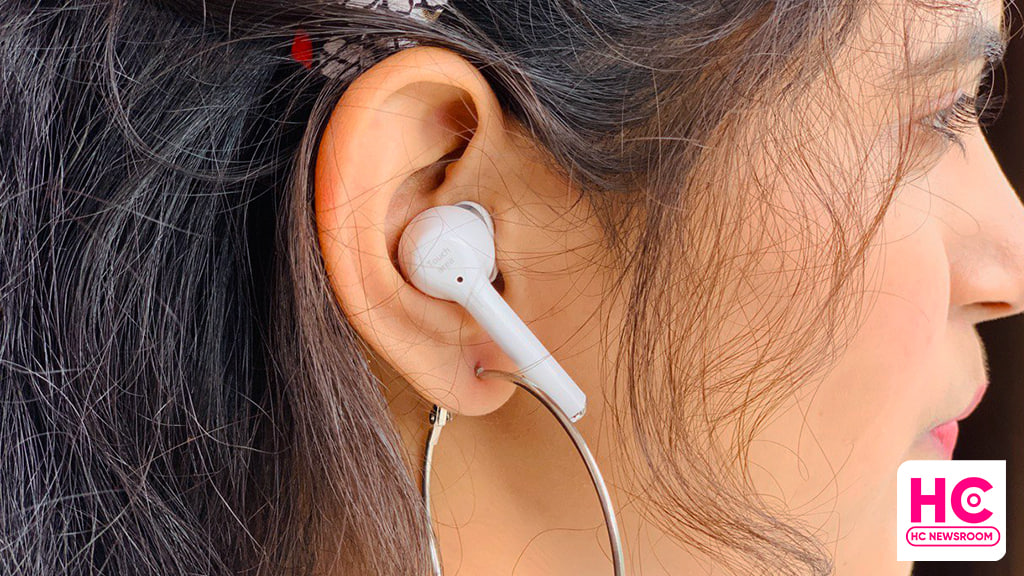
Huawei is the first company to launch a SpO2 blood oxygen monitoring feature in smart bands and smartwatches and it also has one of the most accurate heart rate trackings but do you know that Huawei also has a tech patent for earbuds that could measure both of these right inside your ear?
An internal patent reveals that new Huawei earbuds tech could measure SpO2 blood oxygen and heart rate from within a user’s ears. Blood oxygen saturation (SpO2) is a useful indicator of a person’s health. It represents the percentage of hemoglobin in the blood that contains oxygen.
Details of the patent:
An embodiment of the present application provides an earphone, including an ear bag and a detection sensor disposed of in the ear bag, and the detection sensor is used to detect blood oxygen saturation and heart rate.
The ear bag includes a first contact part and a second contact part. When the earphone is worn on the ear, the first contact part contacts the inner bottom surface of the concha cavity of the ear, and the second contact part contacts the inner surface of the tragus of the ear.
A detection sensor is provided on at least one of the first contact parts and the second contact part where the ear bag is in contact with the skin of the ear, which can reduce the transmission distance between the detection sensor and the skin, and effectively improve the detection sensor’s ability to detect blood oxygen saturation and the accuracy of health indicator detection such as heart rate detection.
Moreover, the contact between the first contact part and the second contact part and the tragus and the concha cavity is relatively stable, and the earphone has good stability even in an active scene, which can further improve the detection accuracy.
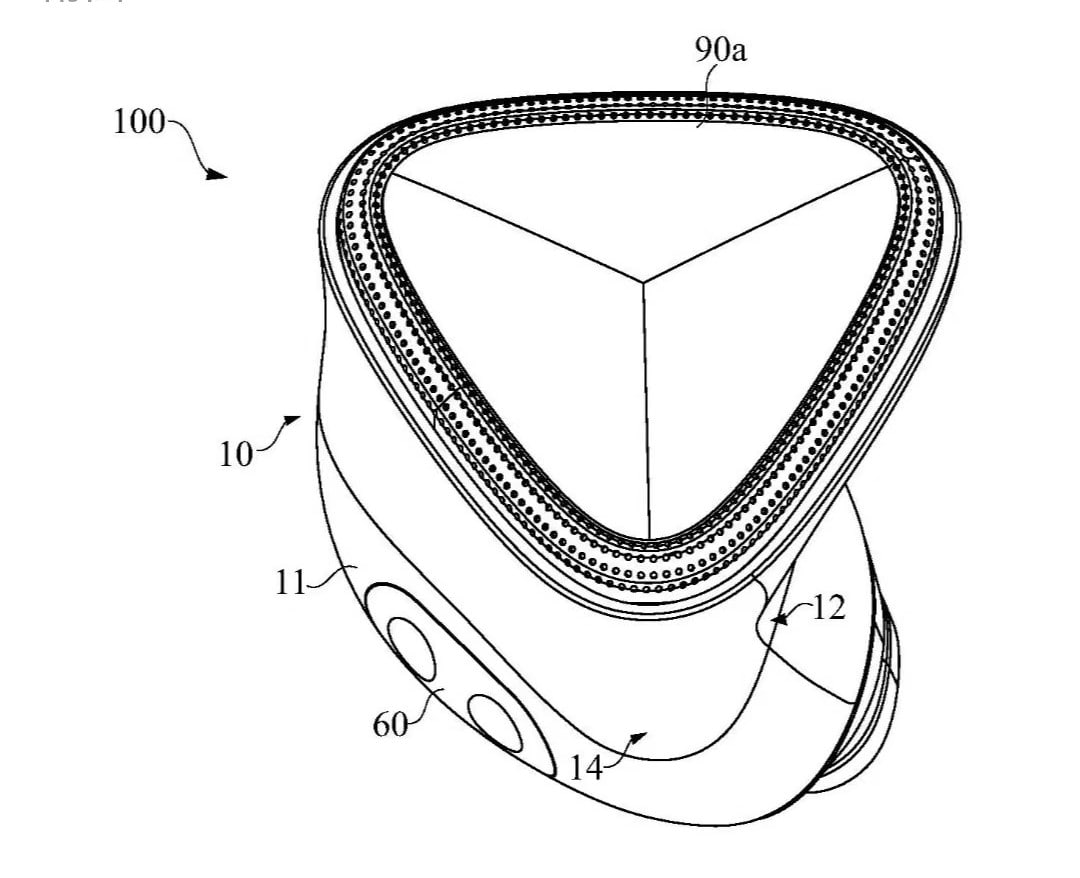
Is this possible?
Yes, it’s the first question that triggers among the readers but after surfing through the web, there are a number of detailed articles that may help you to learn about optical heart rate sensor that is possible in earbuds (link) and In-ear SpO2 (link).
So the answer is yes, it’s possible to measure these two readings but we can’t confirm whether Huawei is planning to launch earbuds or wearables with this new patent. However, we do want to see it in action.
Technology
How good is Huawei Nova 10 Pro 100W turbo charging?
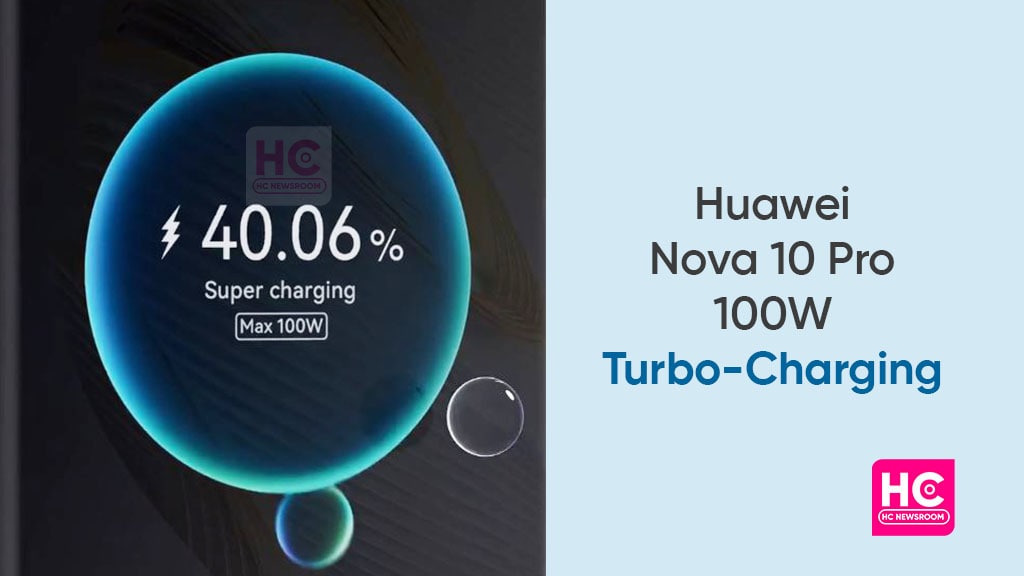
Huawei Nova 10 Pro is a gigantic member of the Nova family. The device comes into existence with several exciting features that can level up the user experience. However, the most reflecting technology of Huawei Nova 10 Pro is its 100W turbo-charging.
Yes, the company has done some amazing work with the Nova 10 Pro charging segments. Although, the devices hold several features to explore. Yet, turbo-charging is something that has drawn my attention a lot.
I think the battery is a very crucial part of a device. While purchasing a new gadget, users often check the battery specifications and its charging abilities. And why not, it is something that will power up our device and will keep it reliable in the time ahead.
Remember, a good battery and excellent charging functions can stretch the phone’s life to a long duration. It’s not us, but Huawei also understands this phrase. Hence, it equipped the latest Huawei Nova 10 Pro with a 100W turbo-charging facility.
100W turbo-charging – how does it work?
The Huawei 100W turbo-charging experience is worth praising. When I tried this technique for the first time, the results were surprising.
Ultimately, when you enable the turbocharging feature, it begins adapting the battery’s abilities. After plugging in the charger, the power suddenly jumps to 87W. After 3 minutes of super-fast charging, the power drops to 57W.
At this range, it continues to charge the device and slowly falls to 30W. Thereafter, it begins the background charging for 2-3 minutes with 26W power. Within or less than 10 minutes, the high-tech charging power up your device completely.

100W Turbo-Charging – good or bad?
Every technology has pros and cons. And so it follows on the charging as well. The turbo-charging may get affected by environmental factors. For instance, the temperature of your room, humidity, and more.
However, when we tried the turbo-charging effect under the ambient temperature of 30 degrees Celsius, the result was quite interesting.
- At 18.50 – 53% of charging
- At 18:53 – reaches 67%
- At 19:00 – 89% of the charging
- At 19:03 – 100% battery
Consequently, we can say that it takes 18-23 minutes to charge the device from 0 to 100 percent.
Notably, the battery capacity of Nova 10 Pro is only 4500mAh. In that aspect, turbo-charging operates in a very good manner. Moreover, it gradually increases and decreases the power level, so that your device may not get affected.
So far, Huawei has brought this technology with Nova 9 Pro smartphone. And now it’s playing wonders for users. With a 100W fast charger that offers turbo-charging, the device is good to go in your hands.
Any new charging technology is coming?
Well in recent times, we grabbed Huawei under a universal charging tech headline. As per the previous info, Huawei and some other companies have come across the table to find a universal solution for fast-charging adapters.
The new technique known as UFSC fusion (Universal Fast Charging Specification) will improve the charging facility. Further, it will contribute to the fast-charging ecosystem. It’s a simple way to unite different adapters with a revolutionary mechanism.
It’s believed, Huawei is doing great in terms of battery capacity. Even when the battery has low facilities, it is capable of boosting the entire functioning of the device. Well, a user most probably requires a phone that can survive for longer hours even when the battery is at a minimum percent. And the turbo-charging is perfectly offering these services.
Technology
After Huawei and Apple, Samsung to bring Satellite Communication
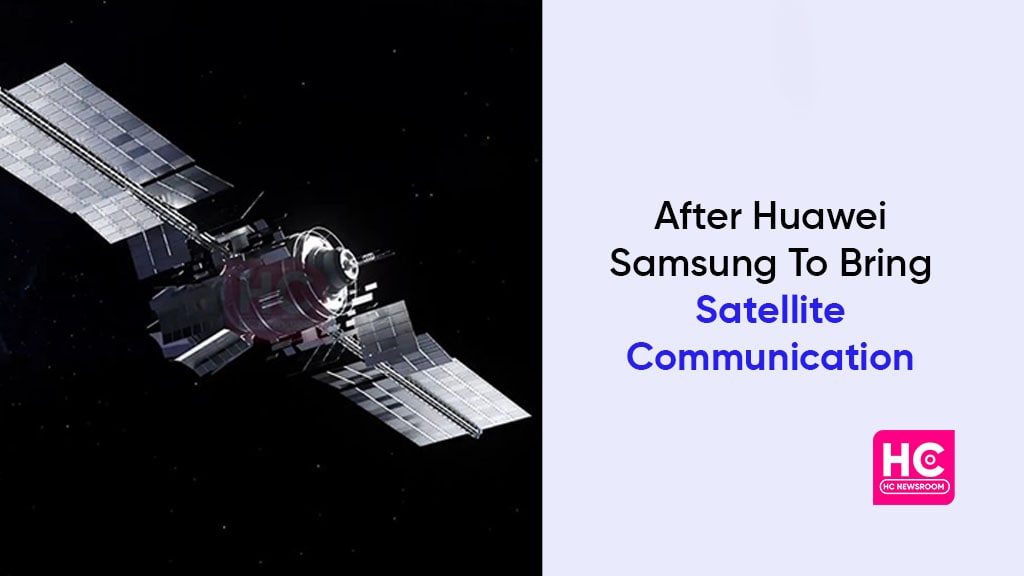
Huawei and its satellite communication are once again in the headlines. After Apple, it looks like Samsung is planning to follow Huawei and implement satellite communication technology on its flagship gadgets.
Satellite Communication technology is gradually becoming a trend in the market. In recent times, we come across several tech makers that are trying to adopt the respective feature for their devices or operating systems.
After Huawei, satellite communication enlisted Apple, Google (Android 14), and now Samsung. While Apple has already offered the benefits of satellite features with iPhone 14 series, Google and Samsung are in the preparation phase.
The latest information reveals that Samsung has associated with Iridium cooperation and is finalizing the satellite communication development for its next flagship smartphone – the Galaxy S23 series.
In our previous reports, we mentioned that Samsung is looking for a satellite connectivity provider other than Globalstar. This was so because Apple already merged with Globalstar for satellite features.
Thus, Samsung decided to take different steps in this tech concept. Eventually, it seems like the Korean tech maker has found the right companion to proceed with the new technology.
Samsung and Iridium
Speaking of the Iridium group, the cooperation utilizes the 66 low-orbit communication satellites. This framework offers effective voice and data communication services for users without any network hindrances.
On the flip side, the info states that Samsung has been working on satellite communication technology for the past two years. In the meantime, the company was dealing with antenna challenges as to how to make it a compact and power-efficient element.
Consequently, just like Huawei and Apple, Samsung’s main objective is to provide its users with immersive voice, messages, and image transmission facilities. And who knows, we could find the satellite tech with Galaxy S23 in the first quarter of 2023.
Satellite Communication – A long race!
Huawei is the first company to bring satellite communication features with the dynamic Mate 50 series. Ultimately, the feature is capable of relieving communication services even in low-area networks.
Thus, a user with Huawei Mate 50 smartphone can conduct calls, send a 19-20 characters text, scan a code 8-10 times, and generate trajectory maps and locations.
On the other hand, Huawei is making the corresponding feature more useful with the Mate 60. Yes, the internal tweaks suggest that the new version of this technology will enable two-way communications, sending voice messages, and making short voice calls as well.
It won’t be wrong to say that when it comes to technology and innovation, Huawei remains one step ahead.
Know More: Huawei Mate 60 may launch new Satellite Communication Features
Apple iPhone 14 series – SOS feature
Following Huawei, Apple also launched the iPhone 14 series with satellite features. It has implemented the Emergency SOS feature which combines with the software and connects antennas directly to the satellite.
As a result, this mechanism starts messaging functions with emergency services. Being an iPhone 14 user, you can use the feature under low-network or Wi-Fi coverage.
Android 14 is also on the list!
Yes, Android 14 has also appeared in the satellite communication headlines. The information states that Google is also making efforts and could initiate satellite features on the next coming Android version.
In the time ahead, we could see many competitors in this tech field. But it would be worth seeing which manufacturer will remain in the first position regarding satellite communication.
(Source)





